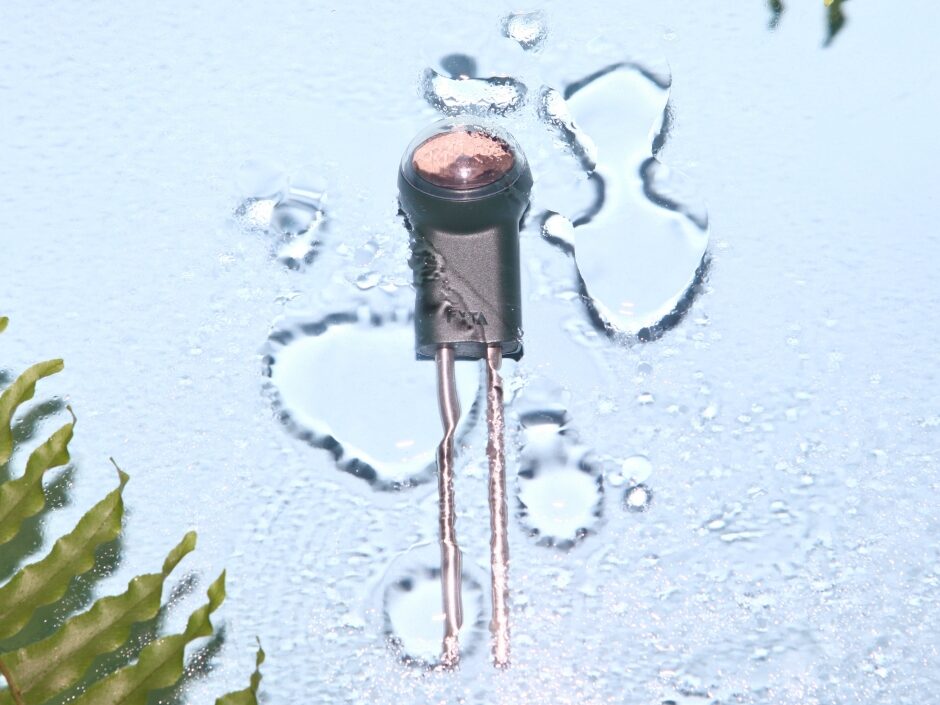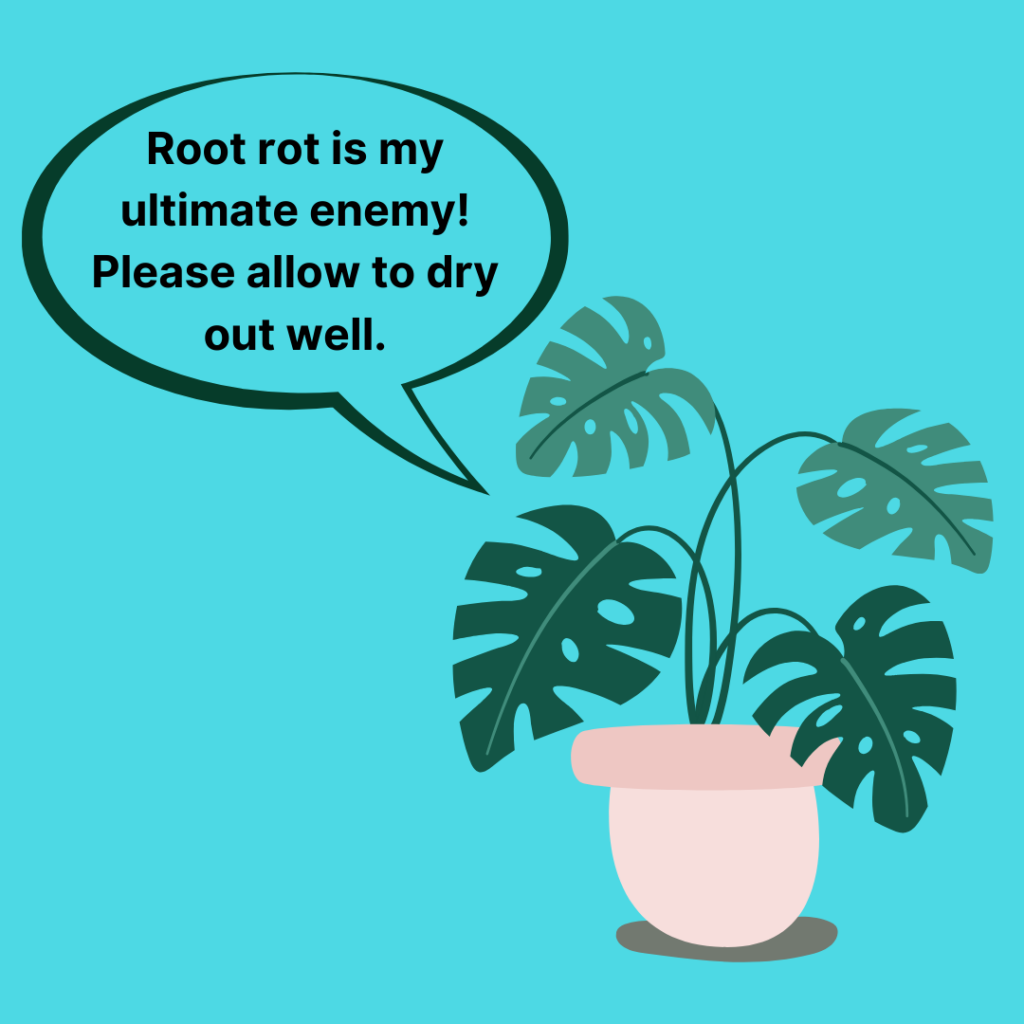


Volumetric water content (VWC)
The FYTA Beam measures the VWC of the soil, i.e. the ratio between the volume of water and the total volume of the soil, expressed as a percentage.
Structure of the soil
Normal soil consists of three components: Soil particles (peat, sand, etc.), water and air. Completely dry soil has by definition 0 % VWC – the soil contains no water, only soil particles and air. As soon as water is added, the soil absorbs water – similar to a sponge – until all soil pores are saturated.
Saturation of the soil
How much water the soil can absorb depends on the porosity of the soil. Some soils (e.g. field soil or outdoor soil) are already saturated at 20 – 30 %, i.e. they can absorb around 1/3 of their volume of water. Others (e.g. potting mixes) are saturated at 60-80 %, because the contain coco, peat, perlite or even vermiculite, which means that they can absorb about 2/3 of their volume of water. Above the saturation point, waterlogging develops if the water cannot drain away, e.g. through a drainage hole in the pot. Since the FYTA Beam only measures the water content in the soil, it cannot determine the amount or volume of water above the saturation point. In other words: Like a sponge fully submerged in a bucket of water, the wetness of the soil above the saturation point does not change whether there is 1 or 10 liters in the container.
Plant’s needs



Most plants prefer soil moisture below the saturation point – or they like to dry out between waterings. Our analysis takes into account the moisture preferences of your plants.
